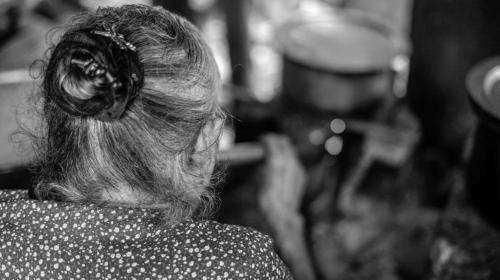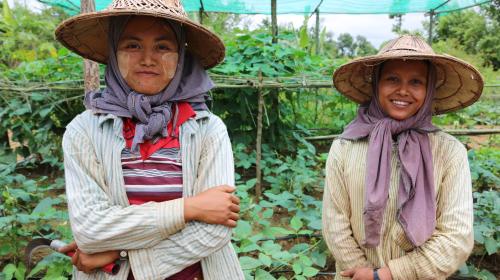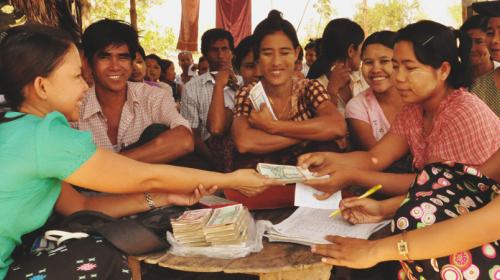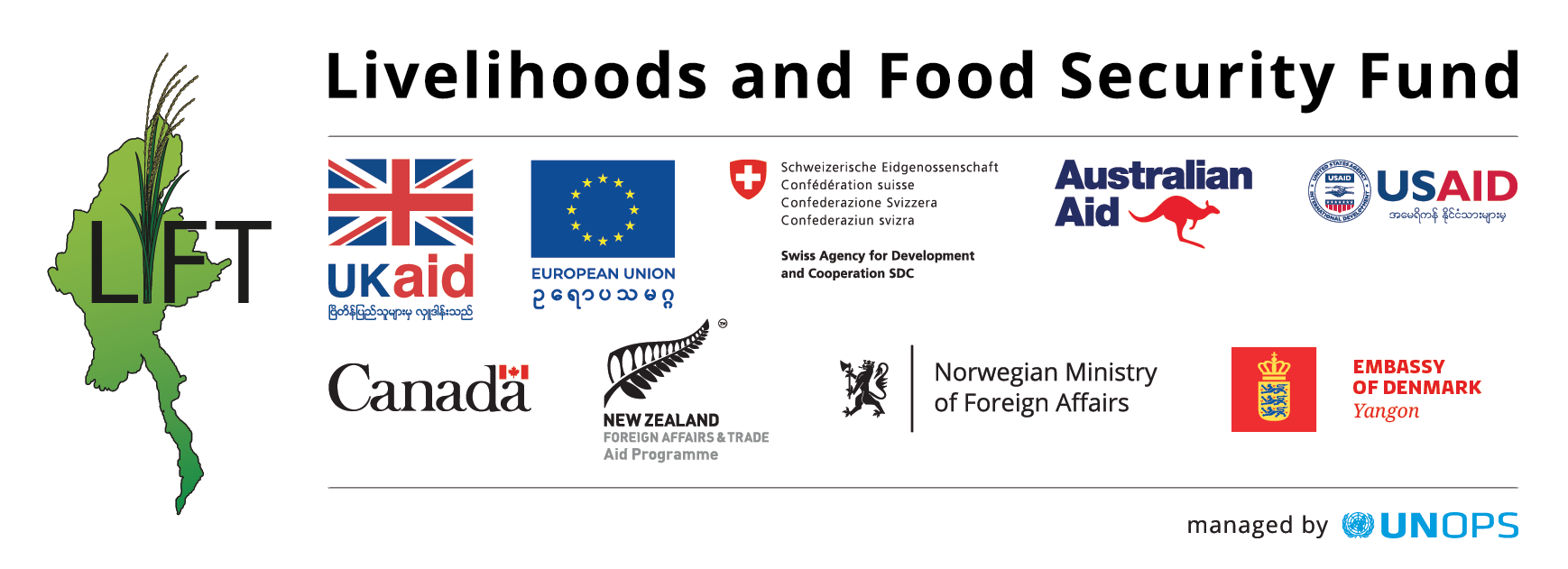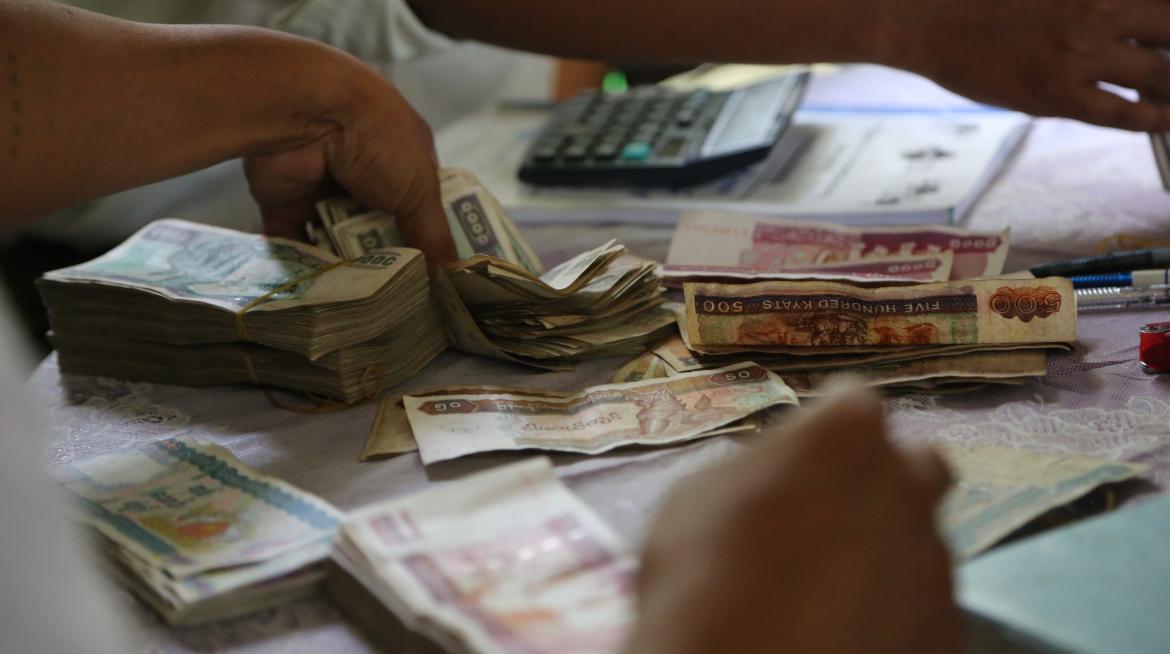
LIFT is funding the UNCDF Microlead project to contribute to the development of a strong, inclusive financial sector in Myanmar. Part of this involves having a clear view of how low-income rural people manage their money.
UNCDF commissioned Microfinance Opportunities and TNS Myanmar to conduct a year-long 'Financial Diaries' research study to provide in-depth market intelligence on the economic behaviour of low-income residents of Myanmar. The study covered low-income women and men living in urban, peri-urban and rural areas of the Mandalay region. The Diaries gathered information each week between August 2014 and July 2015 on the respondent’s purchases,sales, earnings, loans (including store credit), loan repayments, savings deposits and withdrawals, and transfers of money both within the household and outside of it. The respondents also reported on any unusual events that occurred each week.
Main Findings
The research found that the women in the study have a number of different roles within their households as earners, money managers and financial managers, as well as being in charge of household spending. They earned money through a diverse set of activities including farming, market selling, and handicraft production, employment in an informal enterprise, casual labour and factory work.
Women were the recipients of transfers from other earners within their households, including their husbands. Many of the women not only spent that money on the day-to-day needs of the household but also distributed money to other members of the household, essentially acting as the household money managers.
Many women also acted as their household’s financial manager, holding money in savings at home or borrowing both small and large sums from lenders. Women filled these roles in diverse ways, with no one 'typical' mix of roles.
A focus of the study was on the extent to which women had access to financial services. The research found that women were largely financially excluded and relied on their earnings, home savings and intra-household transfers to fund their day-to-day cash flow and their unusually large expenses.
The women in the study showed diverse attitudes towards debt. About one-third did not borrow during the year long study, while about 40 per cent borrowed infrequently. But one-quarter borrowed eight times or more, including a subset who made heavy use of store credit. This last group of regular borrowers was also most likely to have taken a loan from a microfinance institution or a bank. The research also uncovered signs of over-indebtedness and household being caught in a debt trap. One indication of this is that women used new loans to make repayments on existing loans about 30 per cent of the time. The most common interest rate the women reported paying was about 20 per cent per month on loans with monthly interest rates.
Further Reports from the Myanmar Financial Diaries
In the coming weeks, UNCDF will be issuing more short reports from the Financial Diaries, including reports on:
1. Financial Transactions: providing a detailed look at how the women in the Diaries use financial tools.
2. Understanding the Drivers of Financial Transactions: building on the first report to provide an understanding of what drives the choices the women make with respect ot the financial tools they use.
3. Financing Lump Sums: providing a detailed look at how the women in the Diaries accumulate 'useful lump sums' of money to pay for unusually large purchases such as school fees and bulk rice purchases.
4. Multiple and Diverse Roles of Women in Myanmar Households: providing a detailed look at the roles that women play and the diversity in the mix of those roles across different households.
Supporting documents
The Financial Diaries Fast Facts document with case study can be found here
The Financing Lump Sums report by Eric Noggle and Guy Stuart of Microfinance Opportunities is available here.

